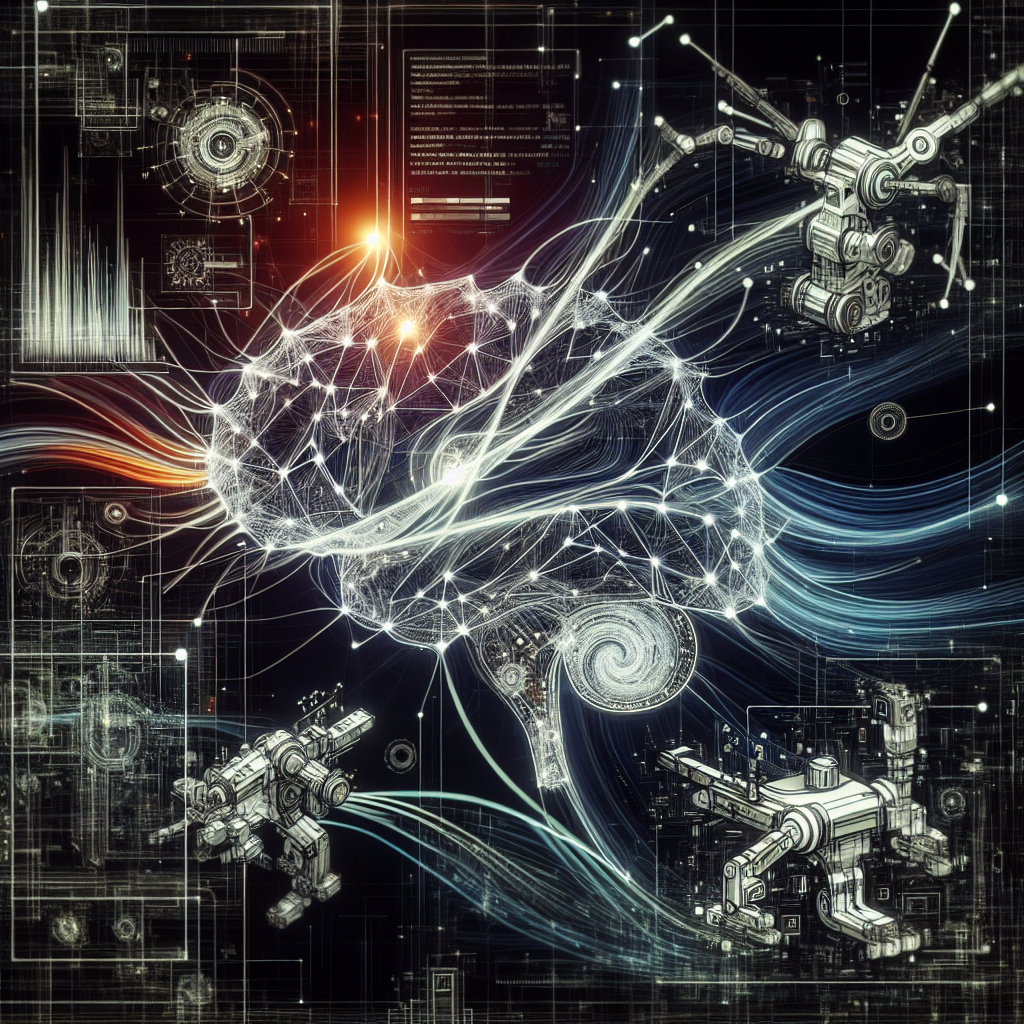Highlights:
- New framework ‘Real Deep Research (RDR)’ proposes a systematic way to analyze research trends.
- Developed by a team including Xueyan Zou, Jianglong Ye, Hao Zhang, and others from leading institutions.
- Addresses the challenge of keeping up with over 10,000 AI and robotics papers published each year.
- Applies to AI, robotics, and other scientific domains with a focus on identifying cross-disciplinary opportunities.
TLDR:
Researchers have introduced Real Deep Research (RDR), a comprehensive framework that uses AI-driven analysis to uncover emerging trends and research opportunities across fast-evolving fields like artificial intelligence and robotics.
The exponential growth of artificial intelligence and robotics research, now exceeding 10,000 new papers annually, has created a pressing challenge for researchers: staying informed and identifying actionable insights amidst a flood of new information. To overcome this, Xueyan Zou (https://arxiv.org/search/cs?searchtype=author&query=Zou,+X), Jianglong Ye (https://arxiv.org/search/cs?searchtype=author&query=Ye,+J), Hao Zhang (https://arxiv.org/search/cs?searchtype=author&query=Zhang,+H), Xiaoyu Xiang (https://arxiv.org/search/cs?searchtype=author&query=Xiang,+X), Mingyu Ding (https://arxiv.org/search/cs?searchtype=author&query=Ding,+M), Zhaojing Yang (https://arxiv.org/search/cs?searchtype=author&query=Yang,+Z), Yong Jae Lee (https://arxiv.org/search/cs?searchtype=author&query=Lee,+Y+J), Zhuowen Tu (https://arxiv.org/search/cs?searchtype=author&query=Tu,+Z), Sifei Liu (https://arxiv.org/search/cs?searchtype=author&query=Liu,+S), and Xiaolong Wang (https://arxiv.org/search/cs?searchtype=author&query=Wang,+X) have developed Real Deep Research (RDR), a new data-driven framework designed to systematically analyze scientific progress across domains.
At its core, the RDR framework leverages large-scale data mining, semantic trend analysis, and network-based knowledge mapping to identify burgeoning areas of innovation. The team applied RDR to artificial intelligence and robotics, with special emphasis on foundation models—large AI systems that underpin modern language, vision, and control tasks. By processing vast collections of academic publications, RDR can highlight which research areas are accelerating, where interdisciplinary opportunities exist, and where foundational gaps might inspire new inquiry. Unlike traditional bibliometrics, RDR integrates machine learning-based pattern recognition and automated clustering methods, offering deeper insights into both technical advances and conceptual evolution.
Beyond AI and robotics, the authors tested RDR’s adaptability across other scientific fields, demonstrating that the method can generalize to domains such as computational biology and materials science. This flexibility makes Real Deep Research not just a research survey tool but a meta-research platform capable of guiding funding decisions, collaboration strategies, and future experimental directions. By revealing how foundational AI technologies interface with broader scientific progress, the RDR framework holds promise for driving interdisciplinary discovery and helping researchers make sense of an increasingly complex scientific landscape.
Source:
Source:
Original paper: ‘Real Deep Research for AI, Robotics and Beyond’ by Zou et al., arXiv:2510.20809 [cs.AI] (https://arxiv.org/abs/2510.20809)

